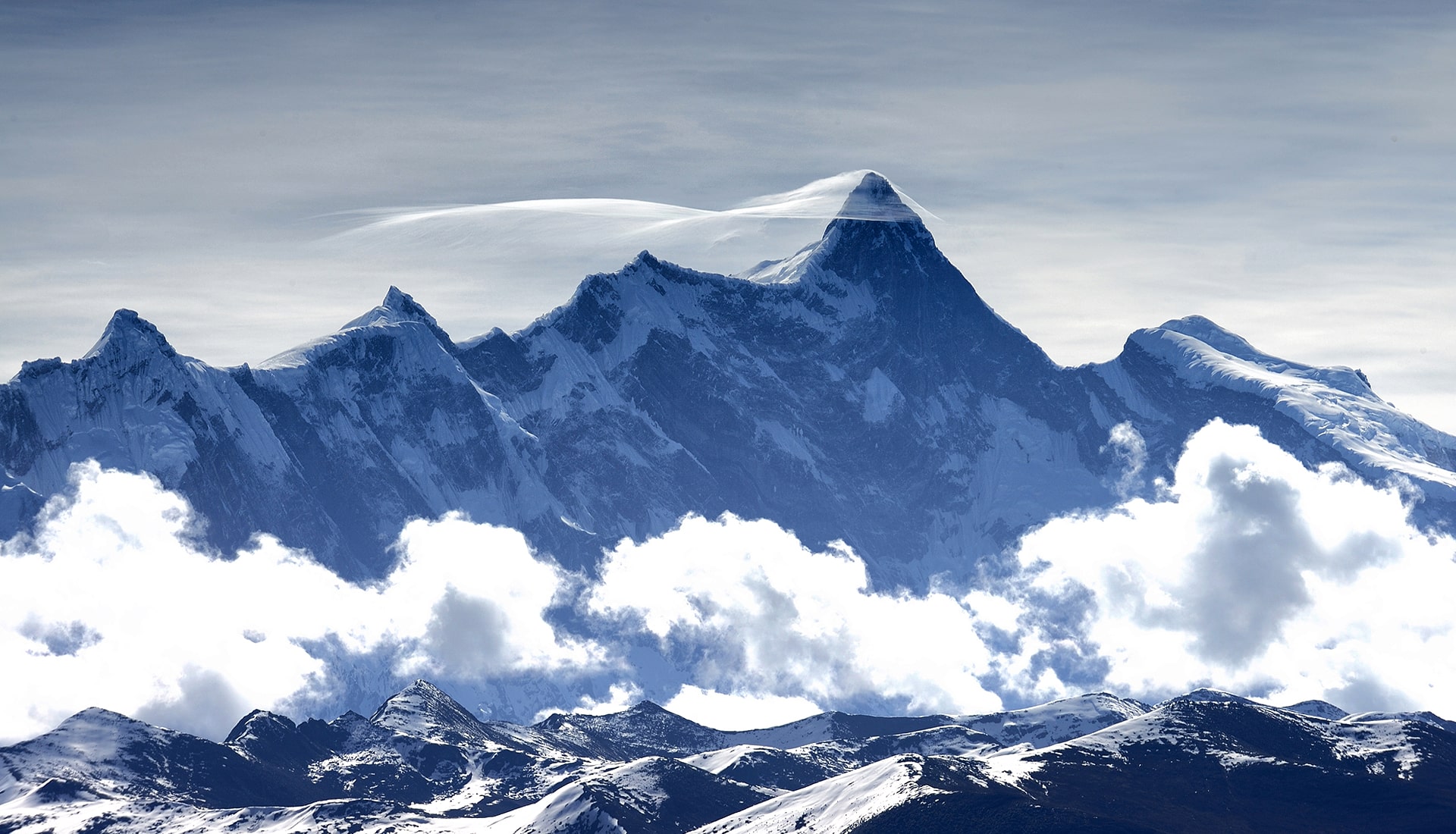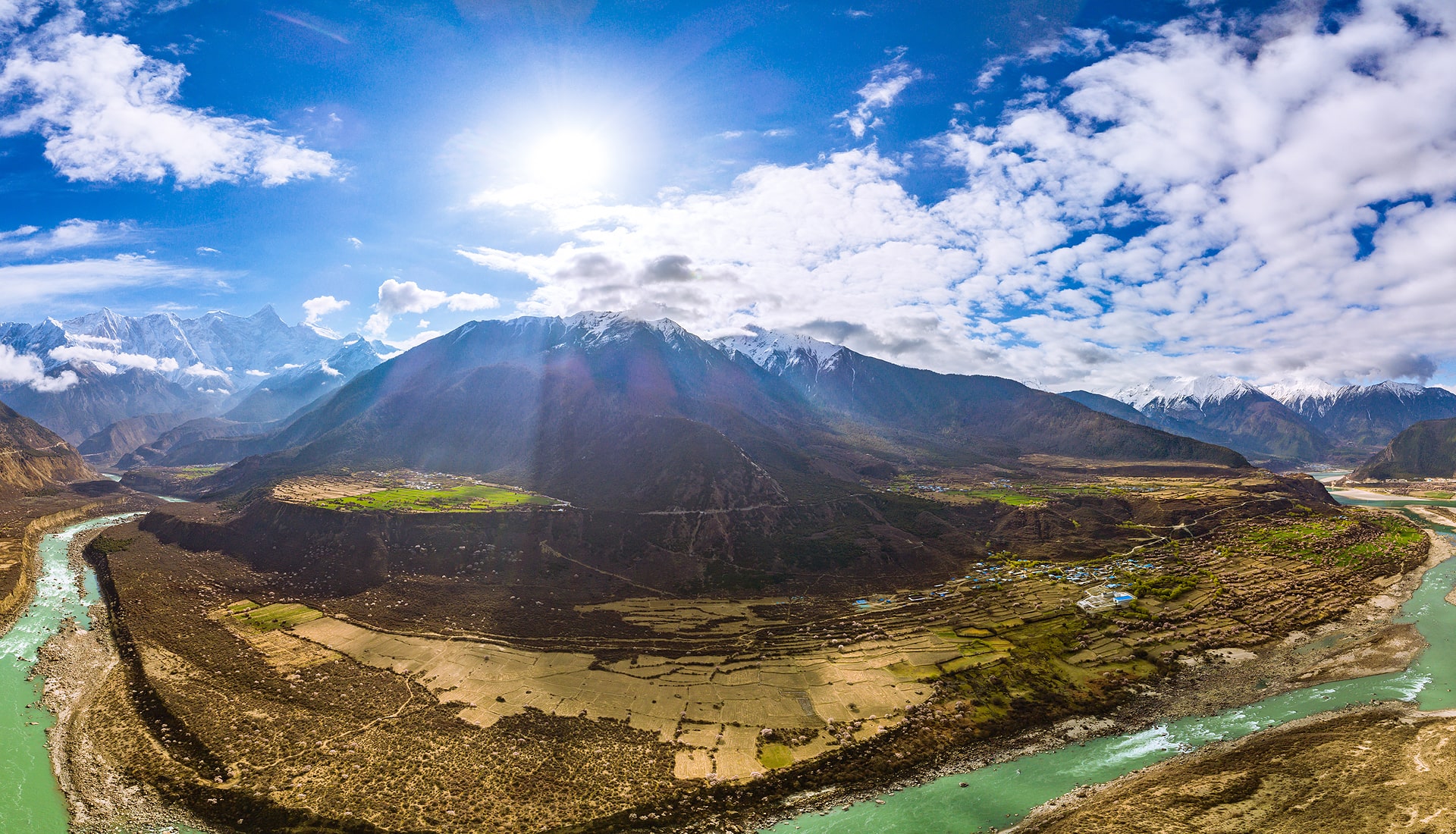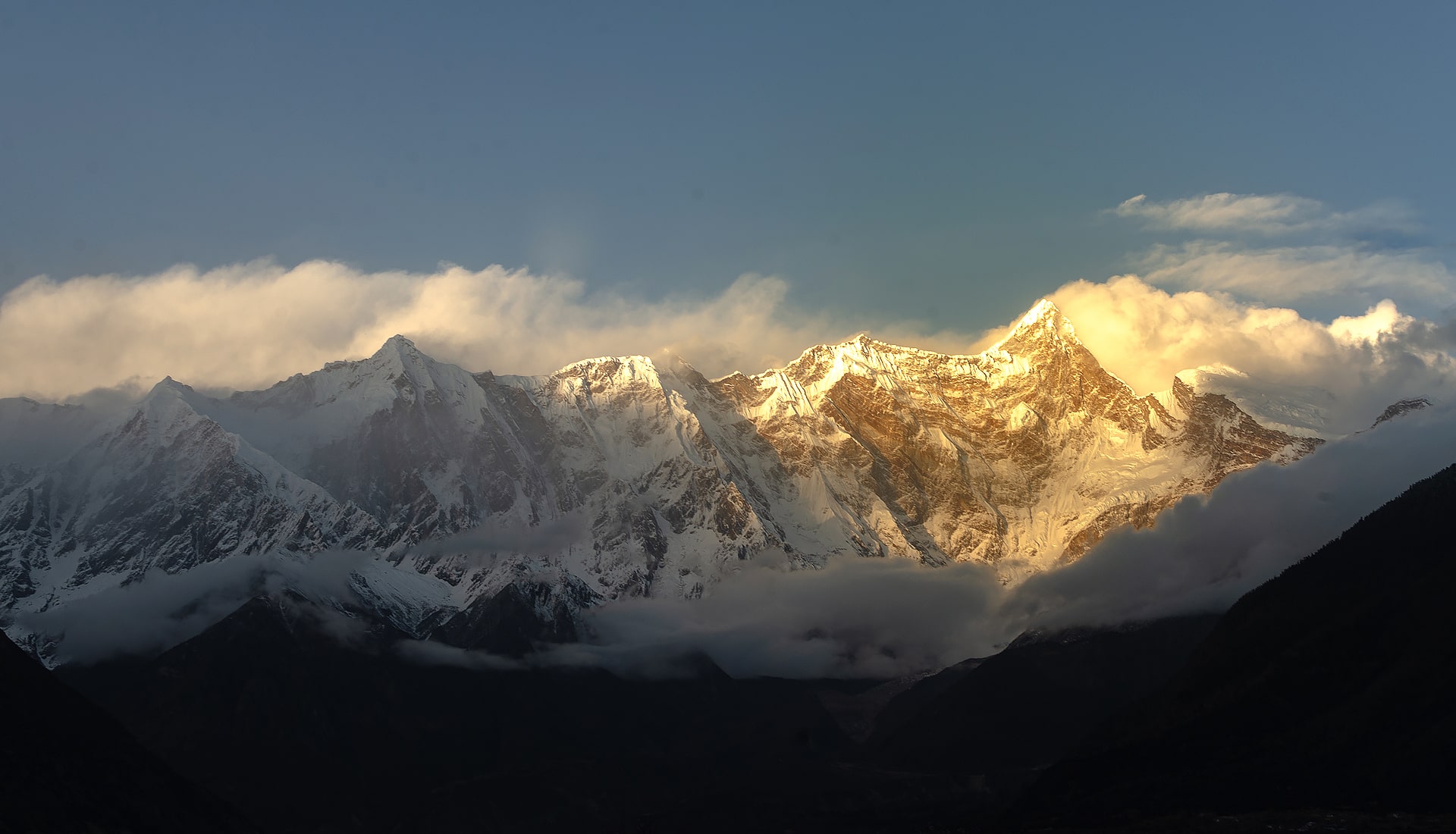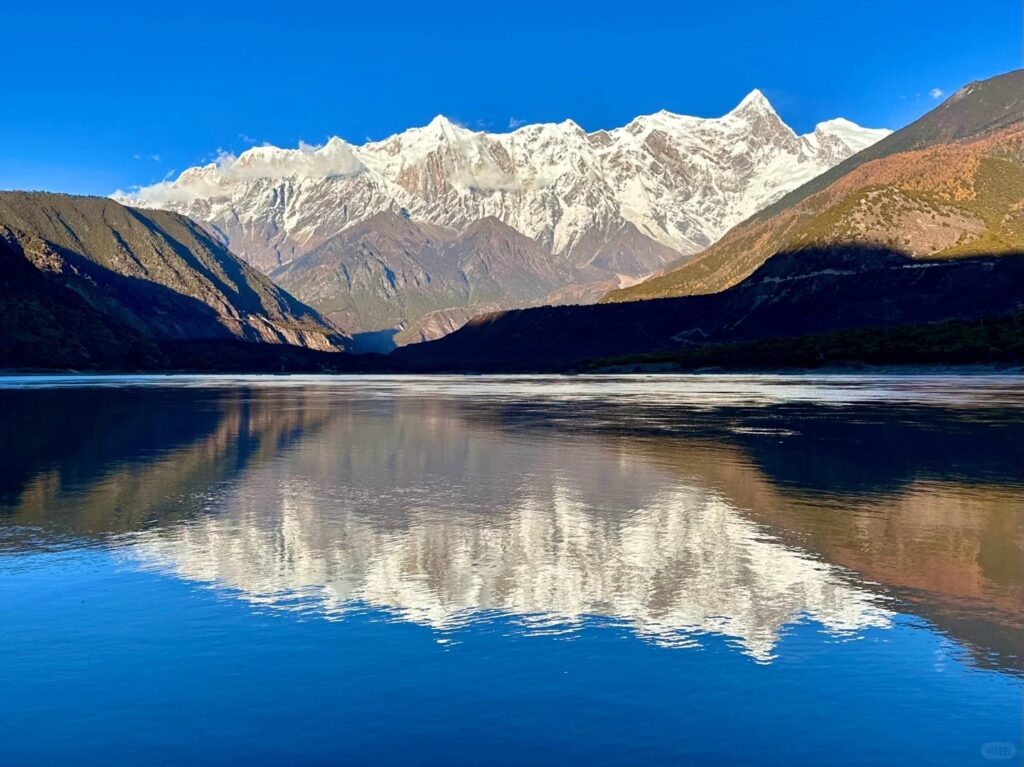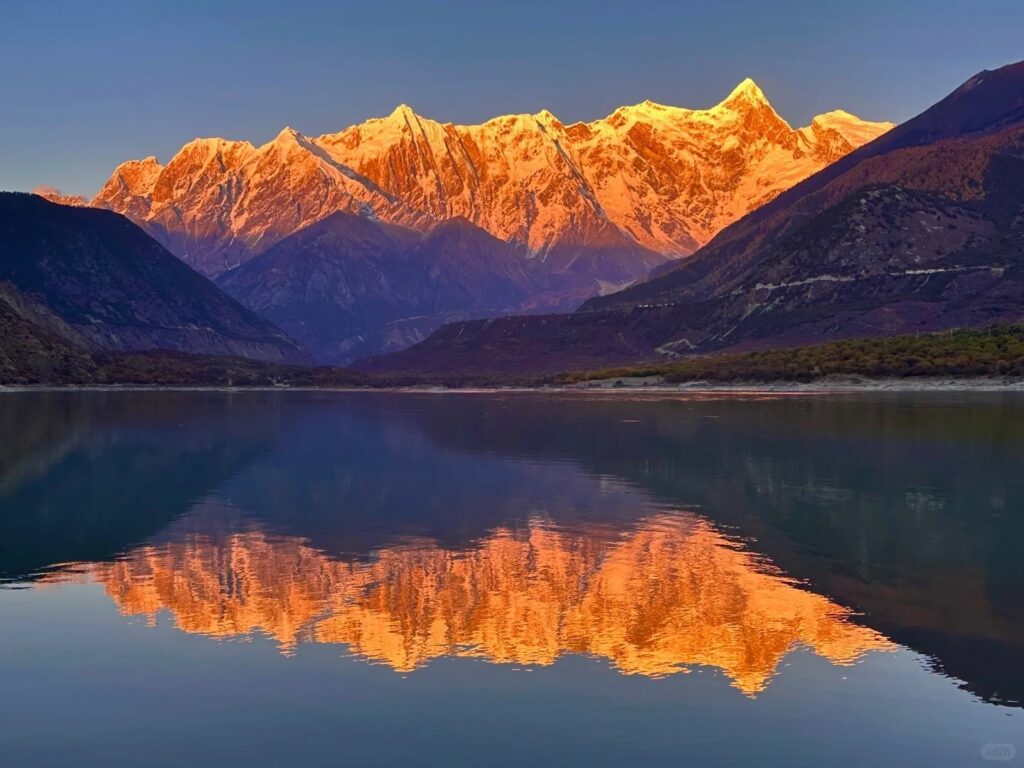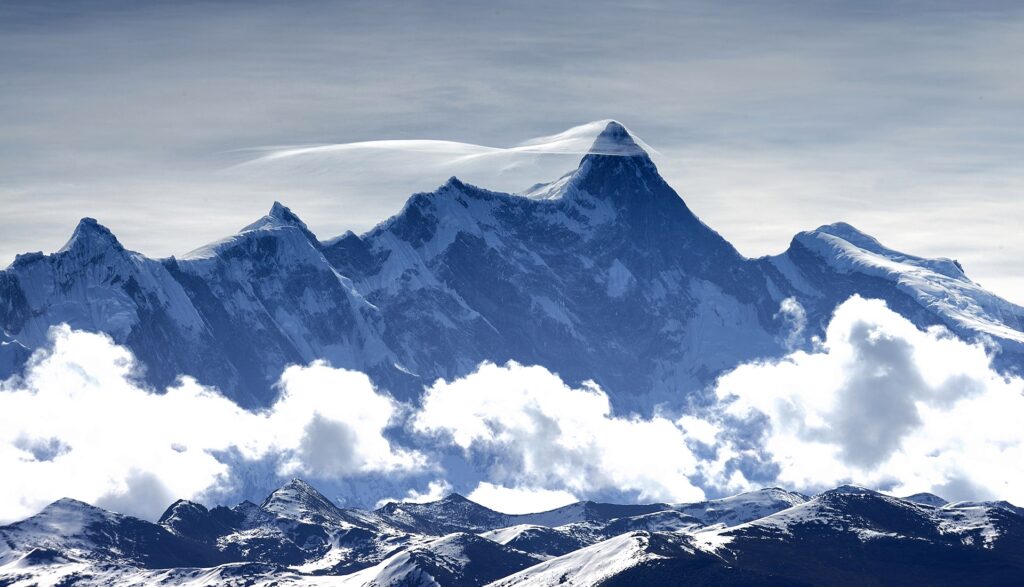Mount Namcha Barwa: The Sacred Eastern Himalayan Peak
Since ancient times, this steep peak has attracted immense reverence and awe from humanity. From Nai Peng Peak, two ridges extend southeast and southwest; the northwest ridge features two snow-capped peaks at 6,936 and 7,146 meters. The three main slopes of Mount Namcha Barwa are predominantly carved by ice and snow into steep, weathered cliffs, with the western slope being the most prominent. The exposed bedrock bears traces of avalanches, and the valleys are filled with massive glaciers.
On the southern slope of Mount Namcha Barwa, valleys below 1,100 meters are warm and rainy, belonging to the low-mountain tropical rainforest zone. Below 500 meters, evergreen rainforests composed of Dipterocarpus and Shorea species thrive; above 500 meters, semi-evergreen rainforests with Terminalia myriocarpa, Lagerstroemia microcarpa, and Altingia excelsa dominate. In the dark, humid tropical rainforests, vines entwine, and epiphytes densely populate the branches; tropical plants like rattan, sago palm, fishtail palm, and climbing pandanus flourish, reminiscent of the scenery in Xishuangbanna, Yunnan.
Above 4,000 meters, the area transitions into the alpine shrub meadow zone. Here, it’s like a mountaintop garden in full bloom, with various rhododendrons competing in beauty, painting the slopes with hues of yellow, green, red, and pink. Amidst the lush rhododendron bushes, delicate flowers like primroses, Potentilla, Meconopsis, cinquefoil, coltsfoot, buttercup, and anemones are scattered.

